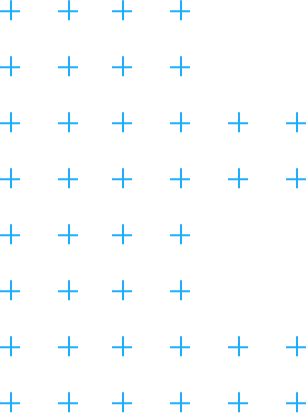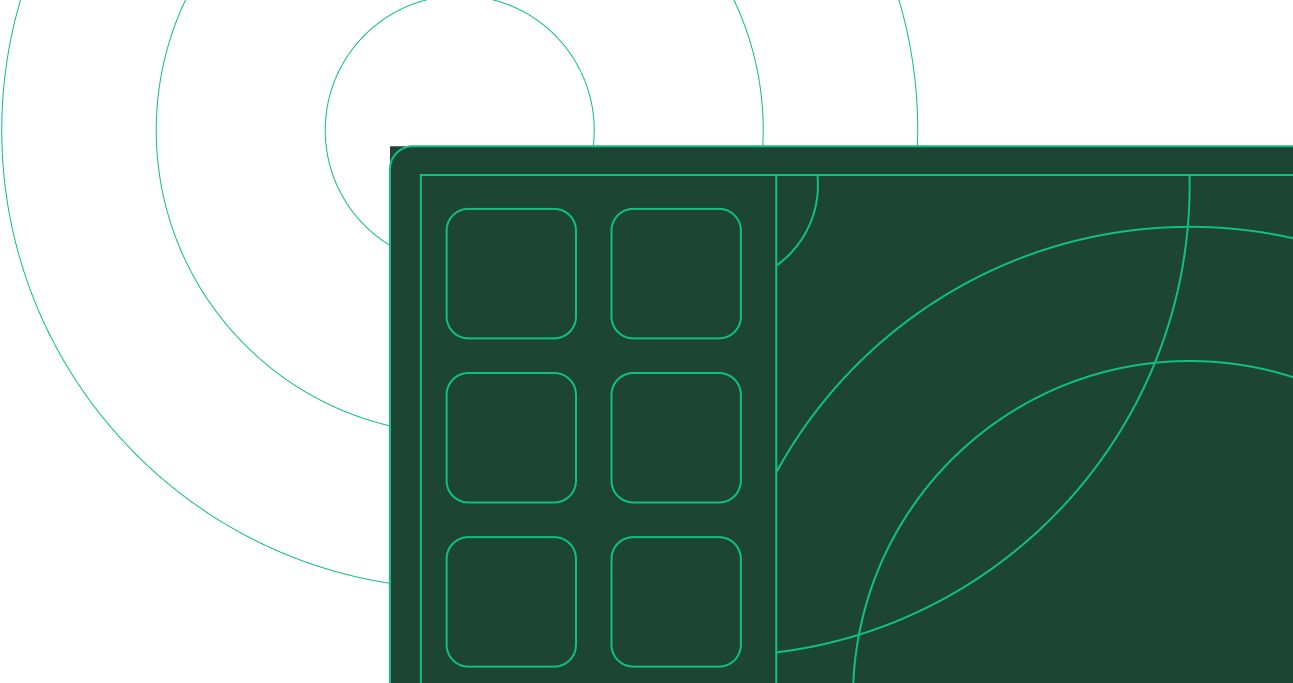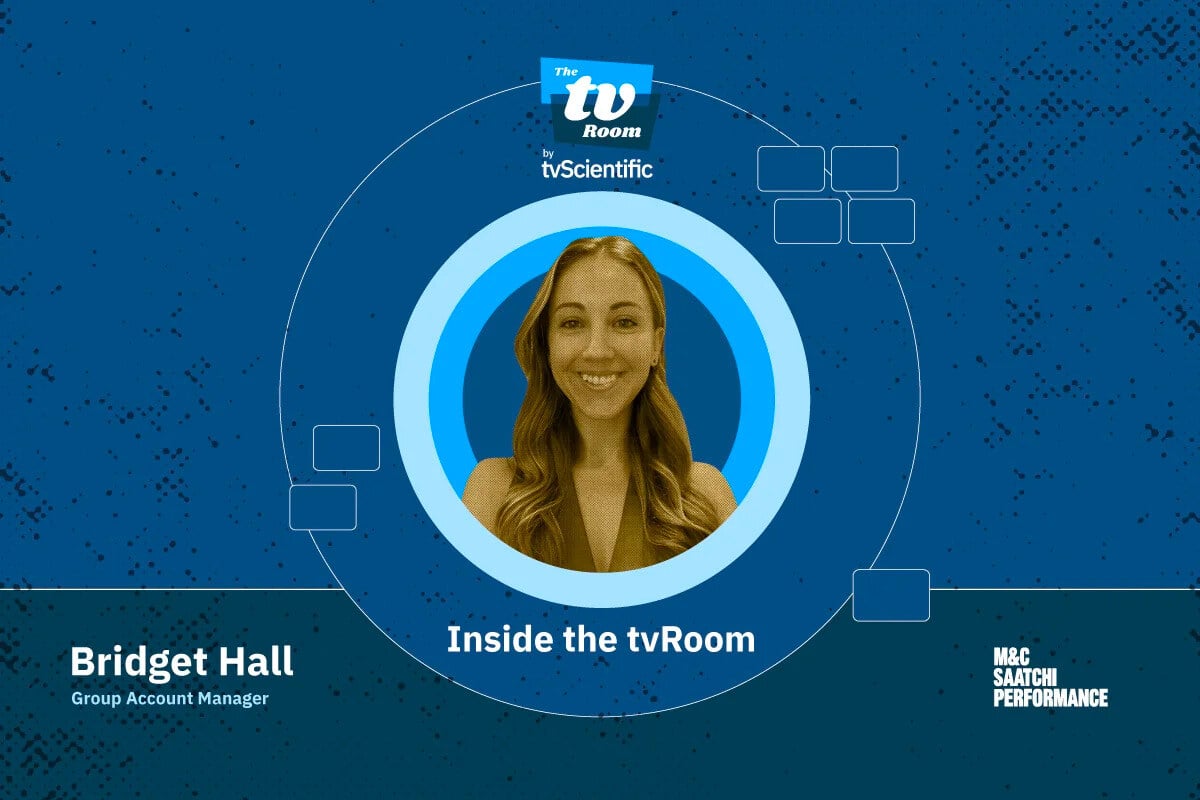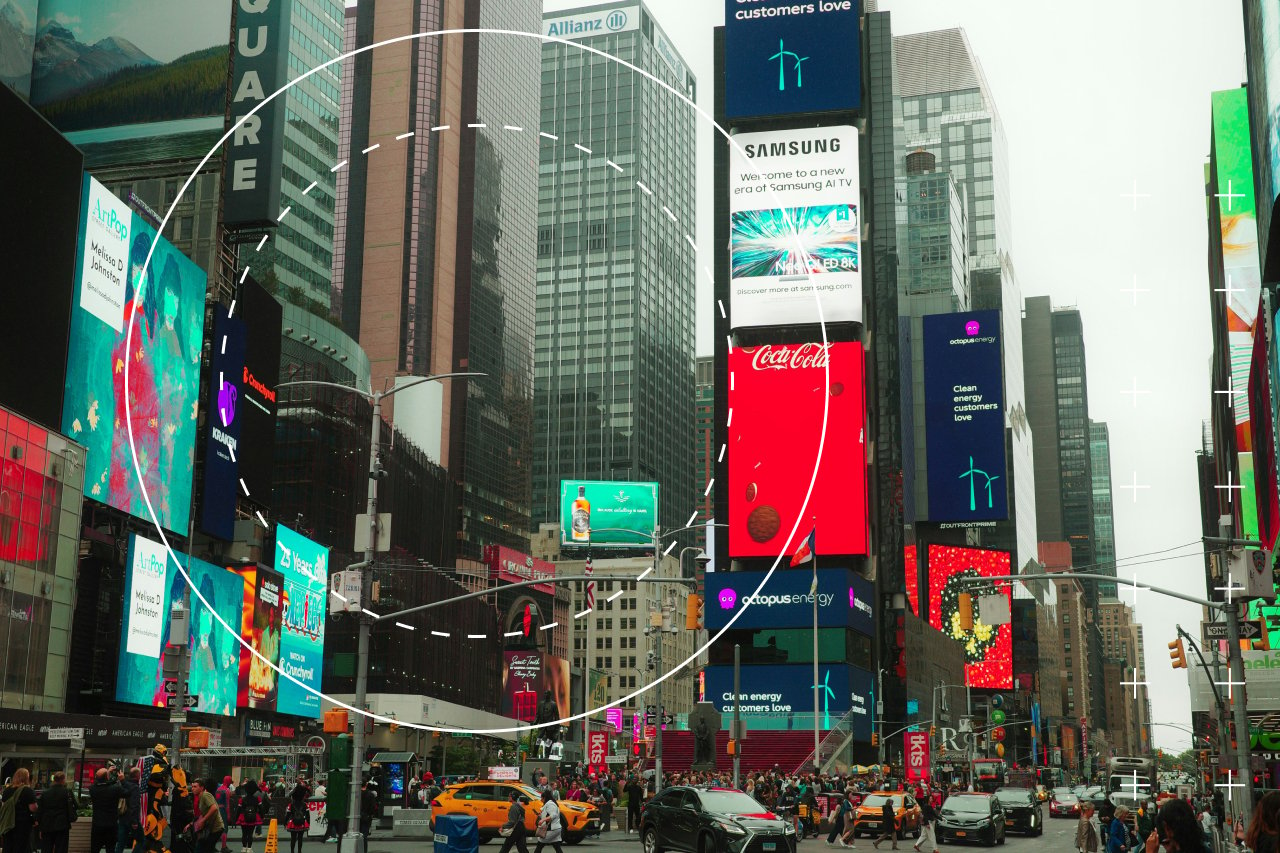I went to Advertising Week 2025 so you don’t have to. Here’s what was worth paying attention to.
I spent last week at Advertising Week (AW) in New York City, and if I had a dollar for every time I heard “AI” and “dynamically optimize,” it would cover my coffee budget for the month.
As an enablement leader, I spend a lot of time listening to the market to help our commercial team focus on what actually drives impact. That’s why this year’s AW was so interesting to me. While a lot was discussed, my goal was to separate signal from noise — and spoiler – real progress in marketing comes from clarity, not complexity.
AI Saturation: Beyond the Buzzwords
“Our AI is going to help you dynamically optimize.”
Okay, but optimize what? This was the question I kept asking myself (and everyone I spoke to), as I heard this phrase echo across sessions. As marketers, we find ourselves wading through murky waters of vague promises, where “AI-driven” and “dynamic optimization” are more about keeping up appearances than delivering results.
I’m lucky to be at a company that cuts through that noise for Performance TV. We’re not chasing the next shiny phrase; we’re building products that truly earn the right to use these buzzwords. Still, it’s fascinating — and frankly, a little exhausting — to watch how the AI conversation has saturated marketing narratives in 2025.
At some point, the question becomes less about what AI can do and more about what we’re actually using it for. (Here’s what tvScientific AI does, in case you’re curious.)
New Streams of Revenue for CTV
Another major theme this year was the growing push to think of new ways to monetize Connected TV (CTV). I saw many sessions dedicated to this, from discussions about new ad formats to debates about how to balance revenue with the viewer experience.
Some sessions (like Quantifying Curiosity: The Science Behind Interactive CTV Ads, Cracking Attribution Across Dark Channels with IR Technology, and Gen Alpha: the secret to unlocking the next generation) leaned heavily into interactive ads, inviting the viewer to engage with content rather than passively consume it. Others even suggested ad placements across home screens and menus, meaning that ads could be everywhere, even before you hit play.
While I find these ideas interesting, I can’t help but wonder if we’ll be talking about viewer fatigue a few years from now. Increasing ad exposure might drive short-term gains for streaming platforms and adtech players, but oversaturation risks pushing audiences away — or worse, training them to tune brands out entirely.
That’s why I’m such a fan of the interactive approach. It offers a way to earn attention, not demand it. When done right, interactive CTV ads can make the experience more engaging, informative, and even fun, creating a win-win for both brands and viewers.
Where We Go From Here
The intersection of AI and CTV is both inevitable and exciting, but maintaining audience trust will be essential as the space matures. As innovation continues to outpace understanding, it’s more important than ever to define what “optimization” truly means and ensure that monetization strategies keep the viewer experience at the center.
Companies that will win are the ones that don’t just talk about dynamic AI or interactive engagement; they’ll be the ones that deliver it meaningfully, transparently, and thoughtfully.
If you agree, our team would love to chat about what the future of Performance TV looks like. Check out our Proof Over Promises webinar or connect with an expert directly.







